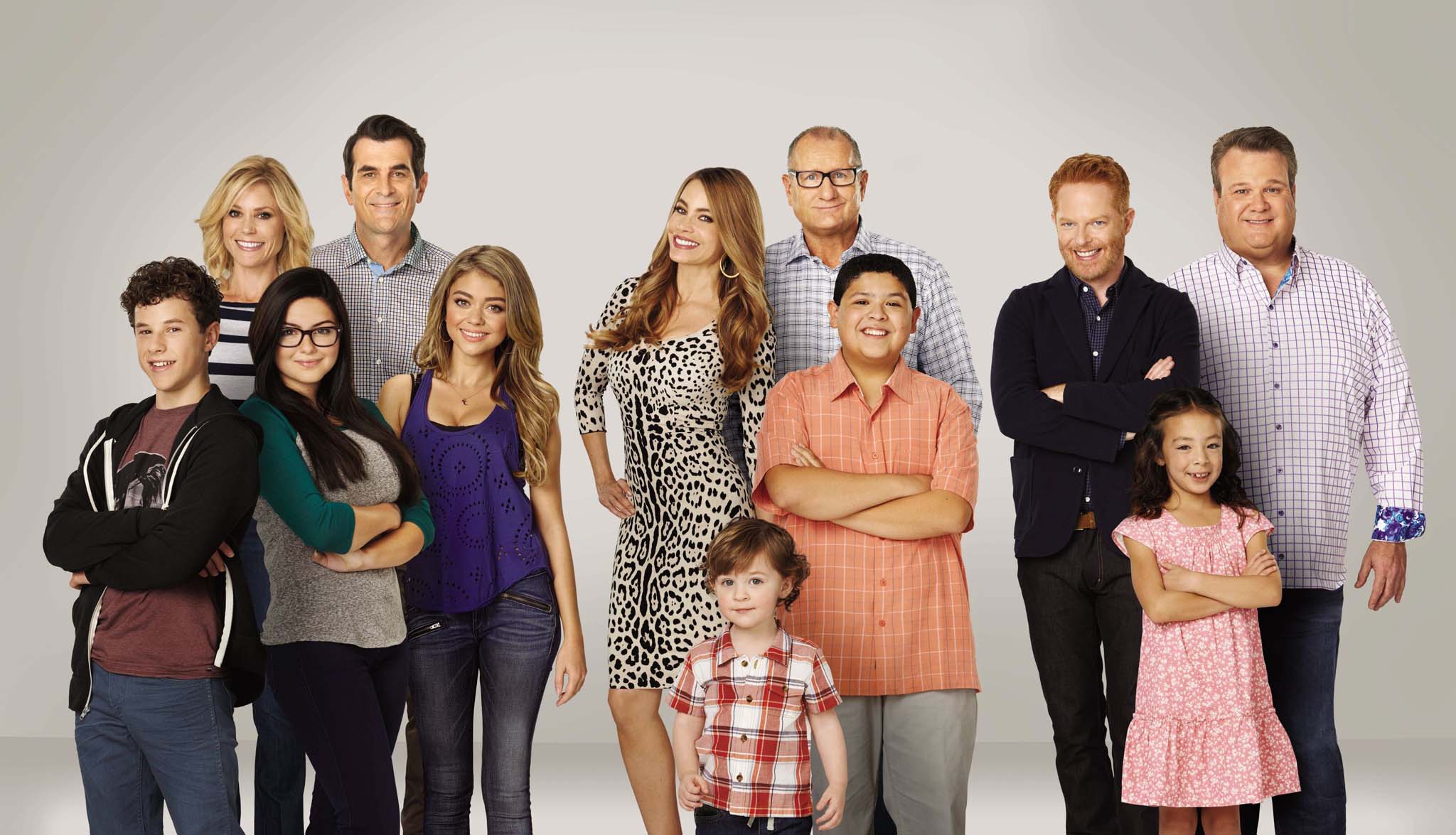Laugh? 'Modern Family' could make us screen
Tonight's episode of the American sitcom takes place entirely on a laptop screen. Is this the future of comedy?

Your support helps us to tell the story
From reproductive rights to climate change to Big Tech, The Independent is on the ground when the story is developing. Whether it's investigating the financials of Elon Musk's pro-Trump PAC or producing our latest documentary, 'The A Word', which shines a light on the American women fighting for reproductive rights, we know how important it is to parse out the facts from the messaging.
At such a critical moment in US history, we need reporters on the ground. Your donation allows us to keep sending journalists to speak to both sides of the story.
The Independent is trusted by Americans across the entire political spectrum. And unlike many other quality news outlets, we choose not to lock Americans out of our reporting and analysis with paywalls. We believe quality journalism should be available to everyone, paid for by those who can afford it.
Your support makes all the difference.Tonight Modern Family will take a leap into the technological unknown. The sitcom’s next episode, ‘Connection Lost’, which airs in America on Wednesday, unfolds entirely on the screen of Claire’s laptop. What’s more, it was entirely filmed using everyday gadgets - iPhones, iPads and MacBook Pros.
The premise is that Claire is at an airport, trying to contact her daughter Haley – through Facetime, Facebook etc. – while the rest of her family/ the cast pop up on her phone and laptop. This isn’t product placement, say the creators, but merely a reflection of the way that any modern family communicates now. Forget the sitcom household epitomised by The Royle Family, grouped around the television screen, the 21-century comedy clan is lit by the soft glow of a hundred handheld devices.
Lloyd and Levitan and their crack battalion of writers will likely pull off this episode, like they do all of them, with a high gag rate and brilliant comic turns (I can’t be the only mega-fan of the sitcom who can never settle on a favourite character, which is always a good sign). It’s a game-changer, not only because it shows its rivals up as Luddites, while opening up a whole new avenue of jokes, but also because the technology apparently cut shooting time from five days to two (although the planning for this pioneer episode took far longer). It will likely spark a run of copycats.
On the live circuit, iPads and laptops have been de rigueur for some time now. I’m not talking about a stand-up surreptitiously recording or timing his set on his iPhone, or using a computer to cue music and lighting. There are a growing number of shows which put technology at the very heart of their comedy.
Sanderson Jones was an early adopter. For his 2011 show, he found out the names of his audience in advance and trawled the net for their YouTube videos, Facebook photos and Tweets, then played them back to them. Live ChatRoulette sessions also featured.
Of the current crop, James Veitch’s The Fundamental Interconnectedness of Everyone with an Internet Connection is an unhinged Powerpoint lecture that relates his quest to email back every scammer and phisher in his inbox. In You’re Not Alone, Kim Noble sits at a computer as he plays the audience videos, shot on his iPhone, of failed online dates and awkward phone sex, among other things. And at last year’s Fringe, The Pin’s smart, multimedia show saw them apparently typing their script as they went along.
A growing number of comedians use technical wizardry to back up their humour. For Lee Ridley, aka Lost Voice Guy, it’s a necessity: he has cerebral palsy and uses an iPad to tell jokes as he types them. Elsewhere David Trent captures the spirit of web snark in meticulously edited routines which deconstruct viral clips, while Hannah Gadsby’s last Powerpoint-heavy show featured a video interlude of all the nasty things that had been said to her on social media.
Shows like this require proficiency, and a good deal of planning. While technical glitches can be a laugh – Jonny Sweet made an award-winning show about a presentation gone wrong – timing has to be spot-on. There is no room for ad-libs. “I'm all PowerPoint and visual and have no material that isn't”, says Phil Lucas, the comedian whose joke application for The Apprentice went viral online earlier this month. “It means every gig has to be pre-planned, with little or no scope to come off script. That can be hard.”
The danger is that in the hunt for the zeitgeist, some of the spontaneity of live stand-up may be lost. The best shows, then, are those that combine the unpredictable thrill of the human with the reliability of the machine.
Join our commenting forum
Join thought-provoking conversations, follow other Independent readers and see their replies
Comments